“The why of it matters, more than the what and the how”, Dr. Jordi Diaz’s voice boomed across the International MBA class at EADA Business School. He looked around, to rapt attention and anticipation in the class. Halfway through a discussion centred on disruptive innovation, the class was passionately debating what made social entrepreneurs persevere through tough times. And though this was not the first time in my last three months at EADA that I was hearing some variation of the same statement; it dawned on me that this was probably the most important thing I had learnt in my time here: numbers and reports alone are not enough to sustain you through tough times. They are important, of course - as proof of progress, as an audit record, to justify decisions to senior executives. But not for the raison d’être of an idea, a work culture, or even a person. There you need the WHY - the emotional connection, the purpose.
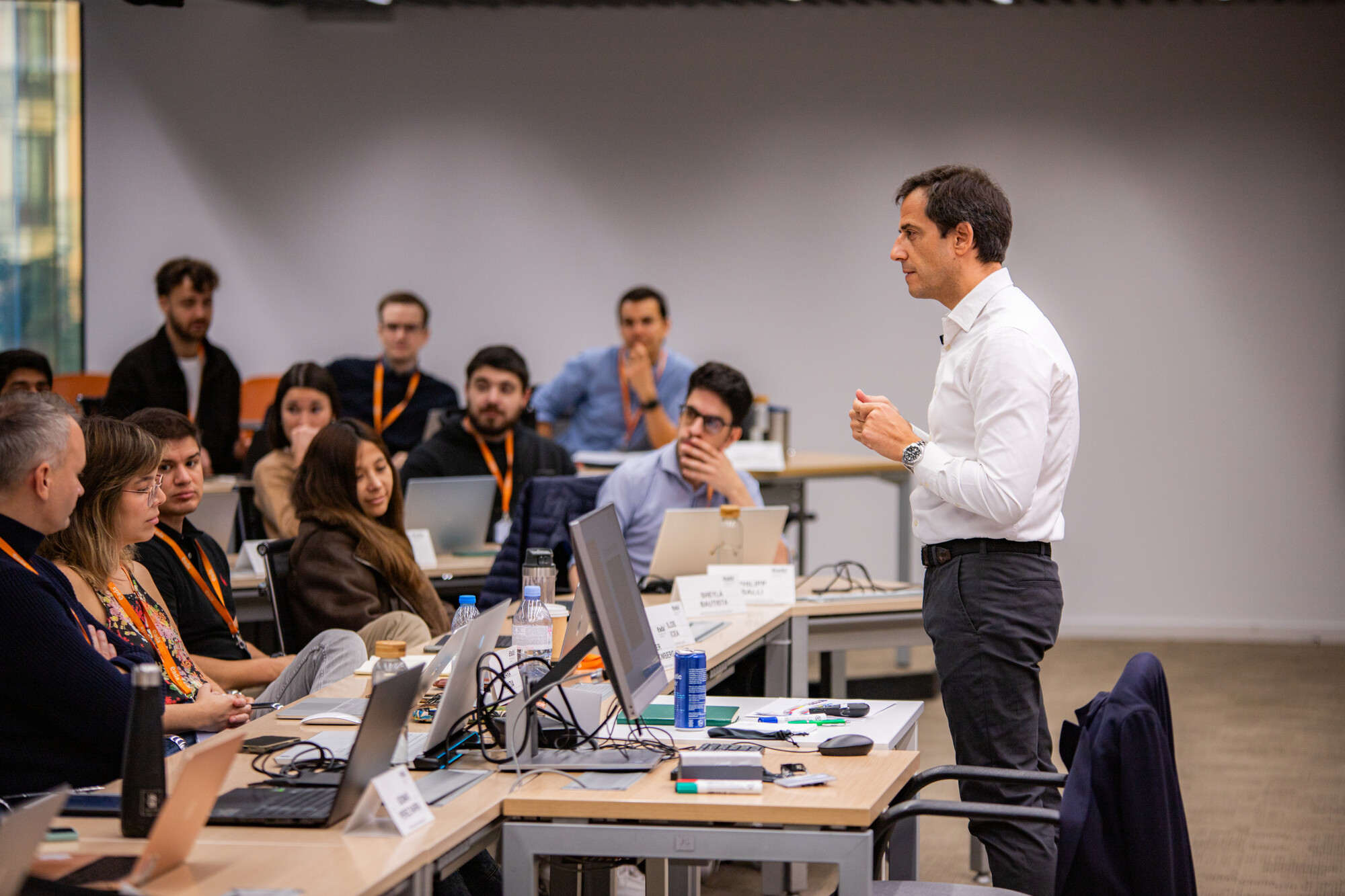
The Power of ‘Why’ in Business
Business has attributed many different terms to it. Finance professionals call it goodwill or intangible value. In marketing, you might hear of it being referred to as the brand. In corporate culture, you will hear about the mission and vision. In entrepreneurship circles, it is called founder-market fit. All of this, in my humble opinion, is our way to provide some nomenclature to that abstract entity that has a profound impact on us. It is our attempt to give recognition and importance to it and incorporate it in our models and discussions. But to tell you why it took me twelve years of professional experience in the industry to identify this, let me go back in time a little and give you some context.
My Early Career: A World of Numbers
I am a computer science engineer by trade, and I love programming. As a fresh graduate, I signed on to Goldman Sachs where code, financial numbers and ratios were my world. From there, I went on to do a Master in Finance (yes, more numbers!) and later worked in a finance startup building the technology stack (more coding!) and designing investment models for large pension funds and corporations in Germany (even more numbers!). Mostly everything in my work was measurable in terms of efficiency and performance. Notice how I said mostly. Even in this near-perfect world of logic and numbers, there were hiccups and roadblocks that could not be explained away numerically. Like trust that clients, or even my company executives, placed in our models. I often saw terms like explainability and familiarity surface in our discussions, rather than a tacit acceptance of the model with the best numbers.
This was also true for me personally. When I started thinking about leaving the start-up I had helped build over seven years, it was not a decision based entirely on logic and calculation of salary. If it were, I would have probably been better served moving to a large corporation with a higher salary and a fancier job title. Instead, I asked myself:
- Am I using all the different parts of me that I value?
- Would I be happy doing this five years from now?
- Did I aspire to my boss’s life?
None of these questions had numerical answers. Looking back, I remember feeling a little frustrated that I was not able to use a model to get answers to one of the most impactful decisions in my life. But we’ve all heard this before: numbers just tell half of the story.
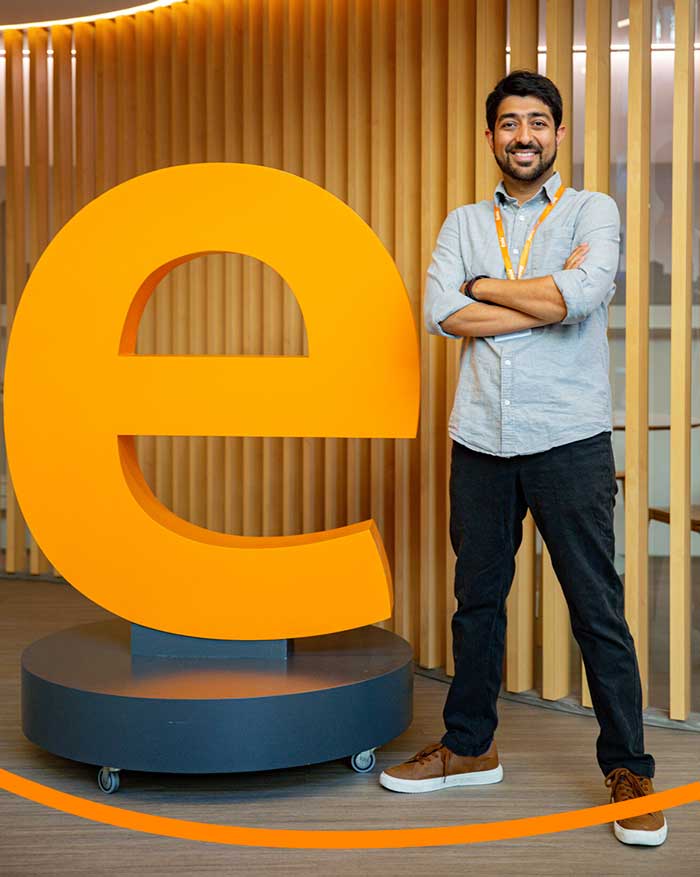
The EADA Experience: Finding the Balance
Let’s come back to the present day—to me sitting in a breakout room at EADA in sunny Barcelona. We were in the middle of an intense brainstorming session with our project group. As I looked around, I saw five different nationalities and five different functional roles from five different multinational companies. And yet, we all agreed that this was new to all of us: creating a coherent proposal that combined both the numbers and a compelling story. I remember our Programme Director, Ella Boniuk telling us on day one: “If you are open to it, we promise that you will leave EADA a changed person.” I can already see it in myself and in my peers—the shift in mindset from focusing solely on numbers to connecting with people and purpose. To their credit, EADA has helped nurture this newly developed side of us, challenging us with case after case where we have been forced to balance the numbers with the story.
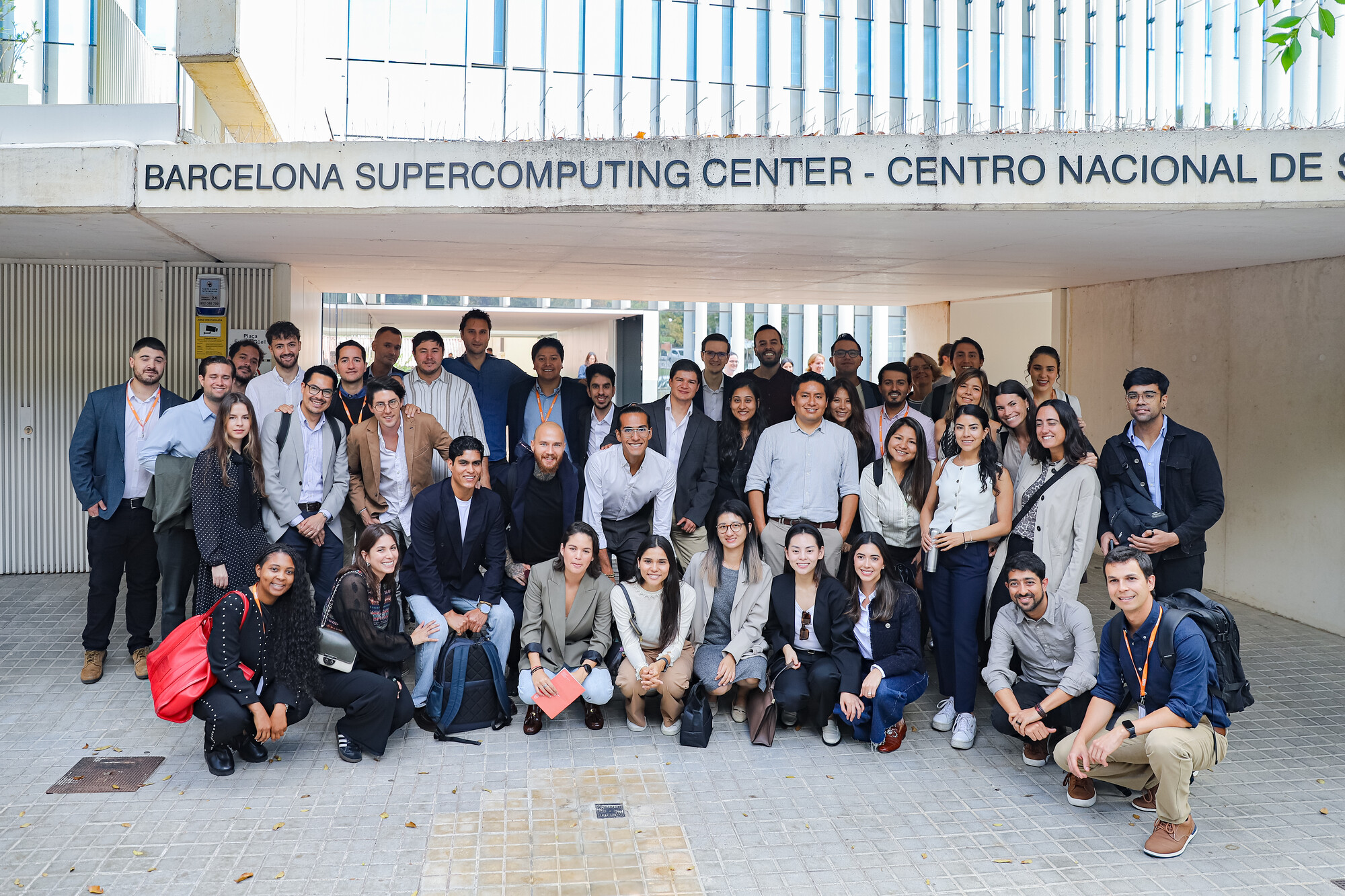
Lessons from the Classroom
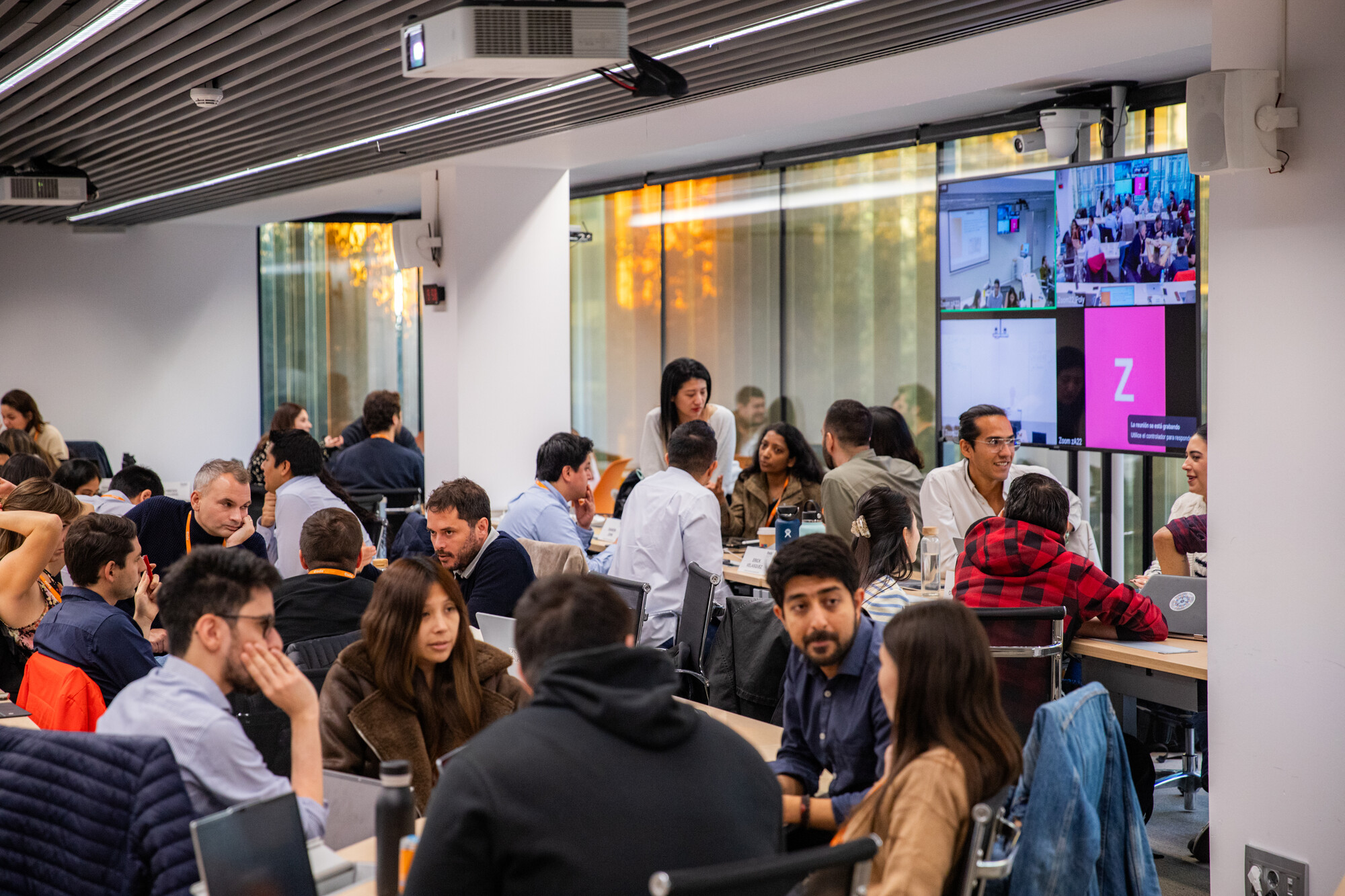
In our Strategic Thinking class we analysed a winemaker in California with a passion for locally sourced vines. At first glance, the financial statements seemed less than ordinary. But when it came to analysing the fledgling company’s prospects and recommending whether he should expand to a bigger facility, I realised it was his track record, local relations and passion for a niche segment that underpinned his competitive advantage, not his company’s finance.
The case-reveal at the end of the class confirmed our niggling suspicion – he had gone on to build a thriving business, leveraging his relationships with local vineyards. The financial statements over the next few years had been stellar.
A few weeks later, I found my thoughts returning to the same topic in our marketing class, as our facilitator, Anthony declared, “People do not buy the what, people buy the why.” And that is where brands come in. I wouldn’t call myself a brand-boy, but I’d be lying if I said I do not buy any brands. I do not own any Apple products, but I do evangelise for Android. I love IKEA, so sue me. And I am a loyal customer of Elbgold, a homegrown coffee roaster in Hamburg. These are all brands I love. And I love them for their why. For what they promise to do and then deliver on. I may show up in their customer-retention data or statistics, but that number merely confirms the purpose they serve in my every day, a job well done from their end.
Entrepreneurship: More Than Just the Business Model
The same theme seemed to re-assert itself over the next few weeks, as the MBA class found itself in the trifecta of courses aimed at making entrepreneurship more achievable: Design Thinking, Disruptive Innovation and Entrepreneurship Bootcamp. Even after having worked in a startup from its day one, I felt intimidated at the thought of having my own startup. So many pitfalls, so much risk, so many things to get right. Through the courses, our facilitators broke down the process into digestible steps. But it was not a step-by-step blueprint. It was the underpinning philosophies and ideas.
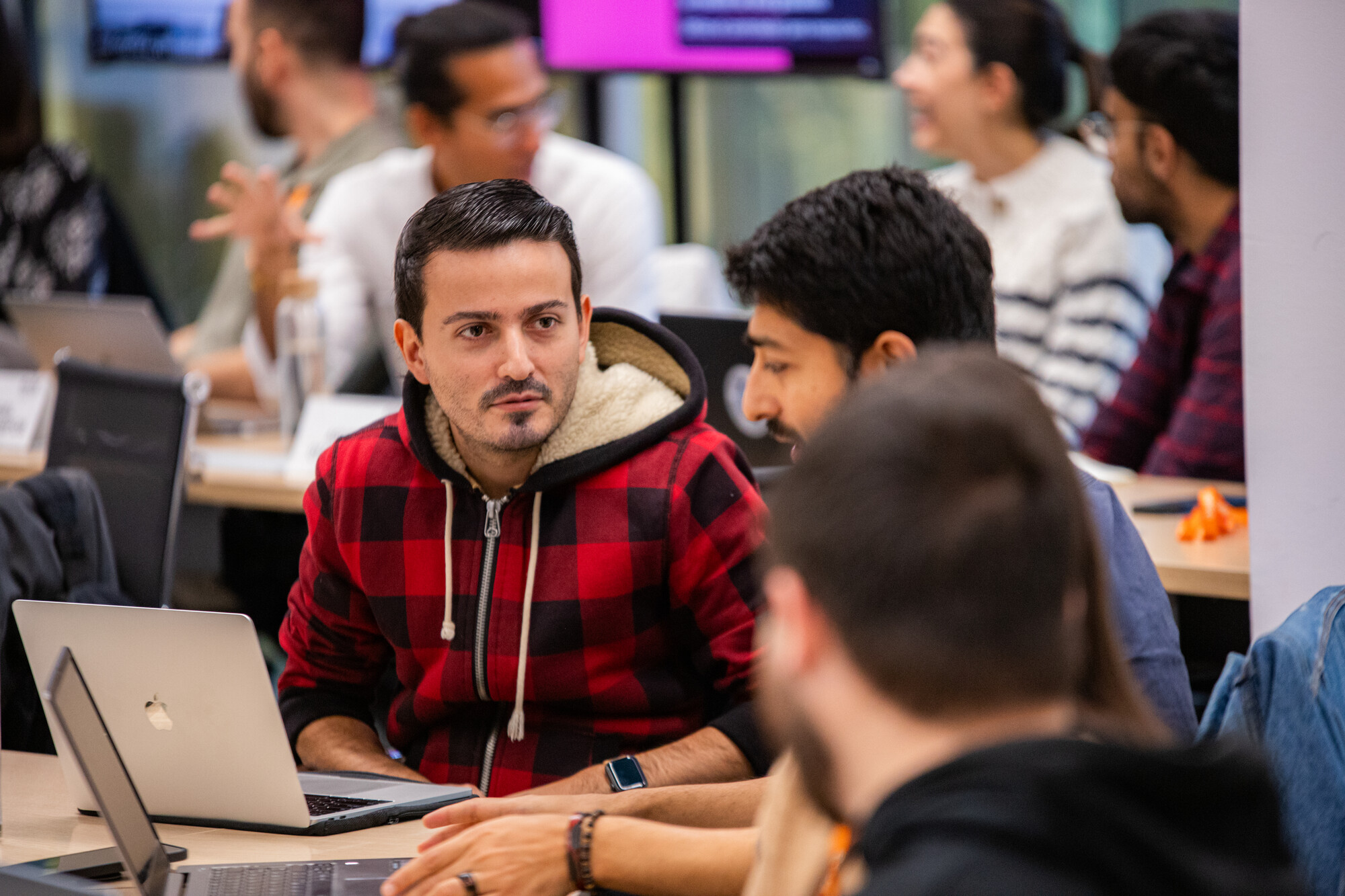
Pacing around the front of the room in our wrap-up of Entrepreneurship Bootcamp, our facilitator Bart Huisken, himself a serial entrepreneur and angel investor, outlined the principal things to get right in a startup:
- Find something people really need.
- Get to work on it with a trusted group of people.
- Then worry about the numbers.
The panel of angel investors judging our pitches on the last day of the bootcamp had similar advice. Sure, they wanted to know how much money we were asking them to invest, and how much return we were projecting in five years, but they were more interested in the problem we were solving, our team who would be working on it, and who we had picked as advisors for the road ahead. After all, a good team can fix broken numbers, but good numbers cannot fix a broken team. Sometimes, numbers are the easy part.
The Takeaway: Leading What Matters
I came to EADA fully prepared to learn new things and round myself out as a professional, but the first trimester has reset not just my priorities, but also my way of viewing businesses and people. During the last weeks of 2024, I have had time to reflect on my journey and takeaways from the intense trimester of learning and experience in the International MBA. Most of our courses had a group project where we worked on an idea for weeks and then presented it to the world. And in each of these projects, we had to analyse data and provide proof of financial feasibility; after all, the MBA teaches you how to run businesses, not charities. But without fail, the reception of the idea among our peers, facilitators and external investors depended a lot more on the story behind the idea, who it was aiming to serve, and the team’s personal connection to the idea. Our audience wanted to know why we picked this problem to work on, and whether we as a team cared about all the people involved around the problem, not just the ones who stood to make a small fortune from the business.
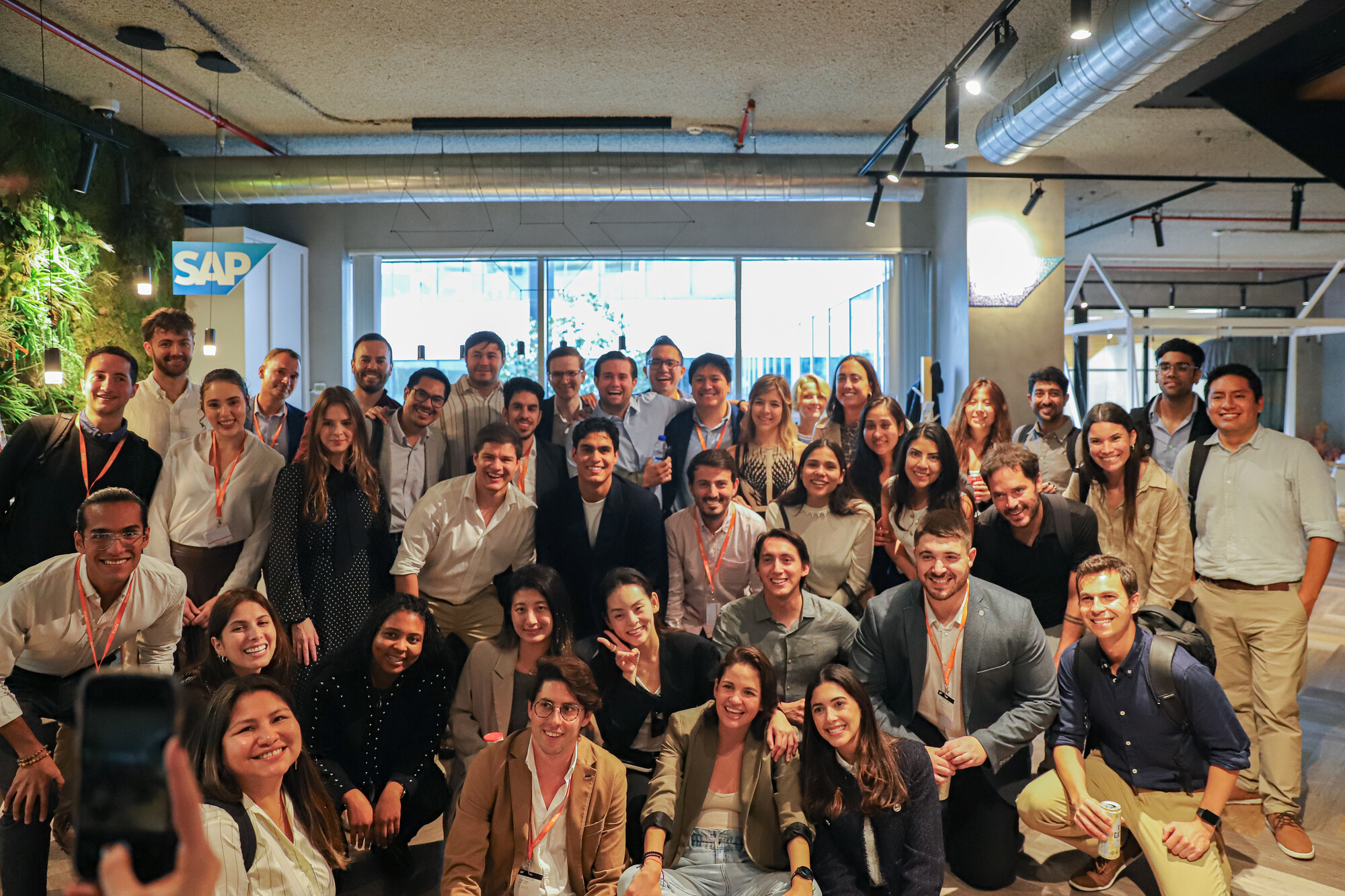
Since the Covid lockdowns and the ensuing tectonic shifts in business practices and workplace culture, companies and society at large has been sensitised to the issue that focusing on metrics and growth matter far less than effectively managing the experiences and priorities of all involved stakeholders: customers, employees, shareholders. This is a much more involved problem, but it matters. At EADA, we are learning to do just that: Leading What Matters.
Author:
Dip Mukherjee - International MBA
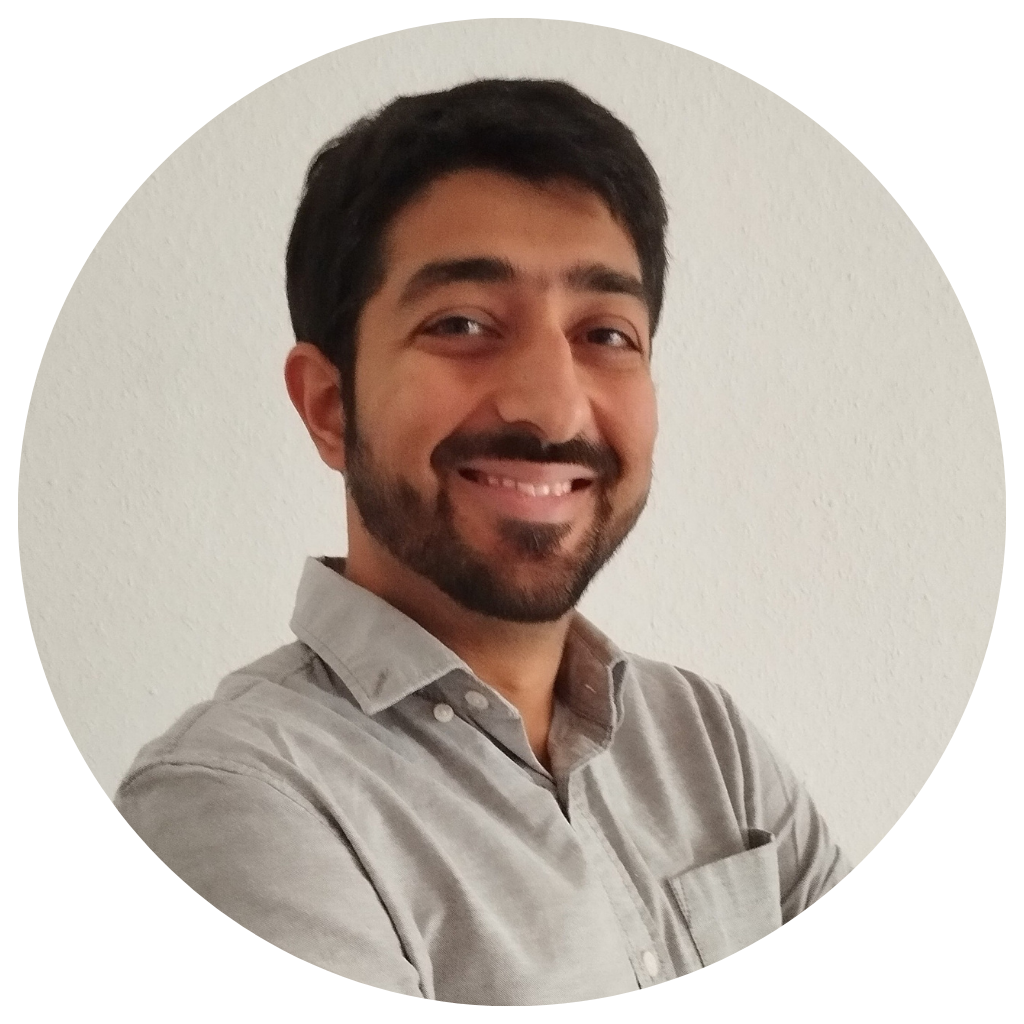
About Dip
Dip is currently an International MBA studentat EADA. Originally from India, Dip has also lived briefly in the US and UK, and is now a newly minted German citizen. Dip's career began in technology and finance, starting at Goldman Sachs in India before relocating to Germany for a Master's degree. In Germany, Dip worked at a finance startup for seven years. With the MBA, Dip aims to pivot into managerial roles, focusing on strategic decision-making and managing innovative projects and teams. The decision to move to Barcelona was driven by the city’s thriving startup scene, fantastic weather, vibrant culture, and delicious food.
